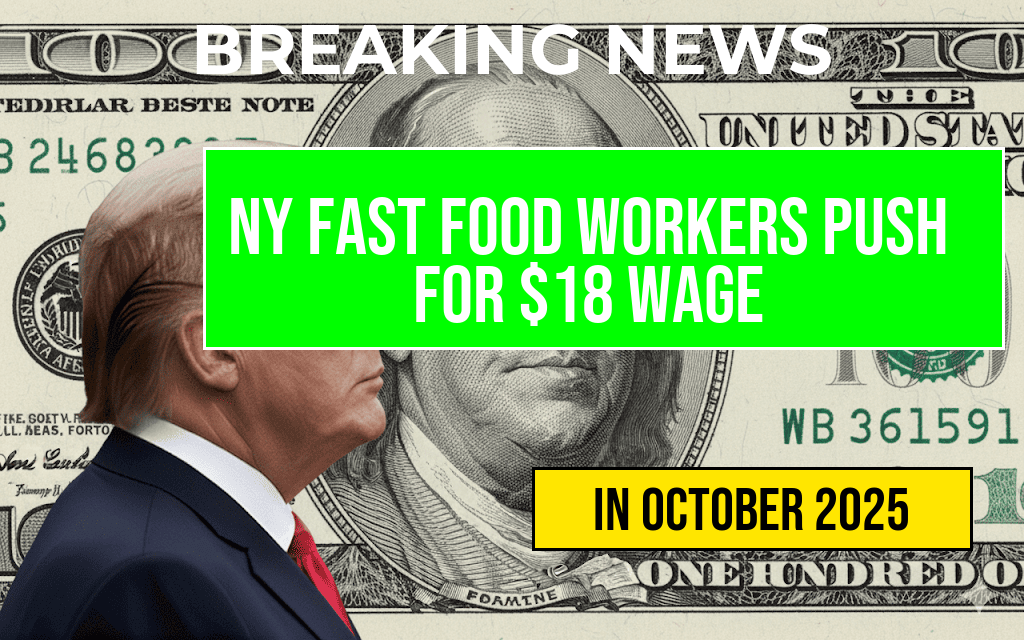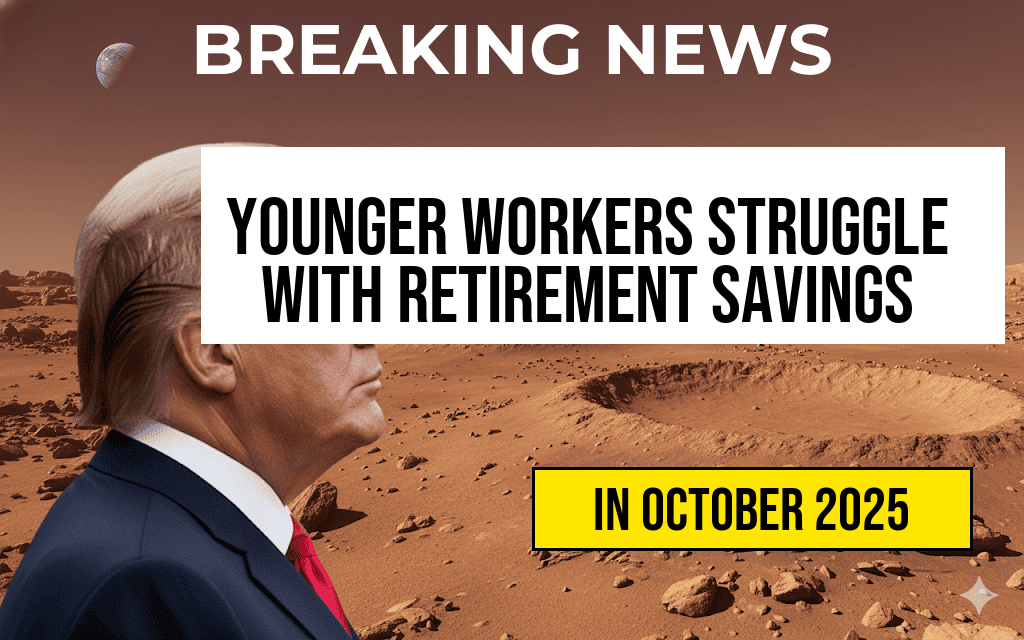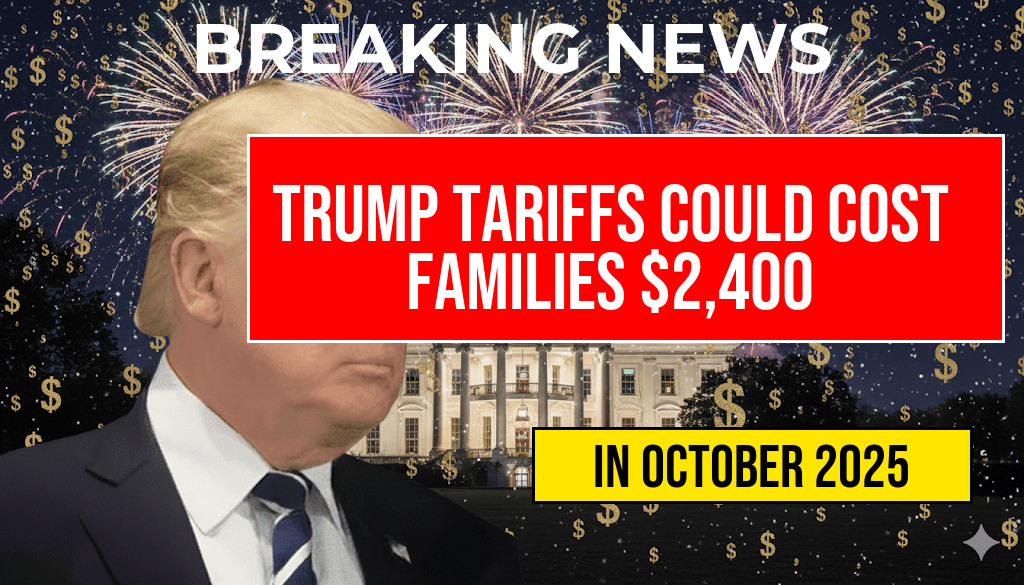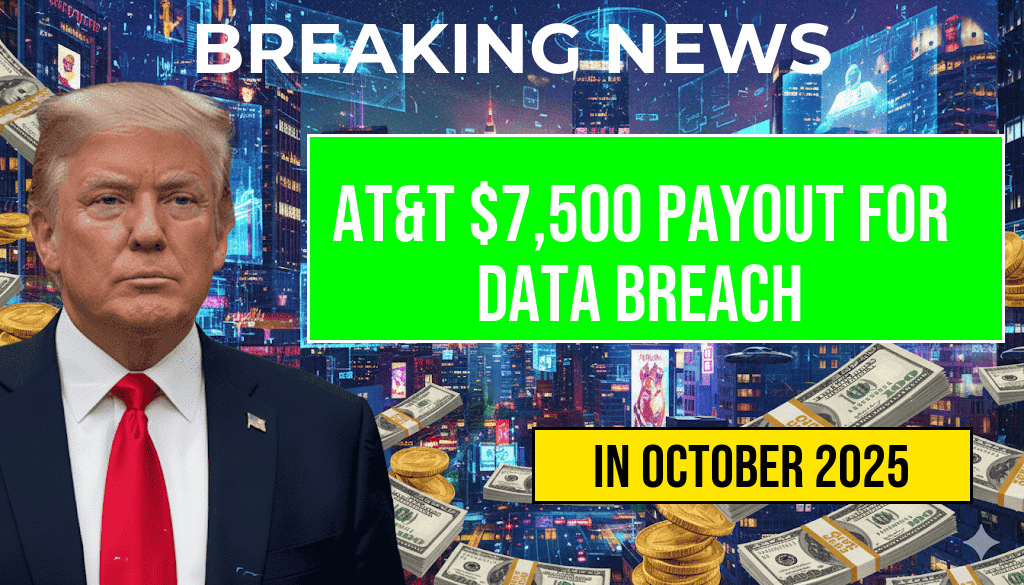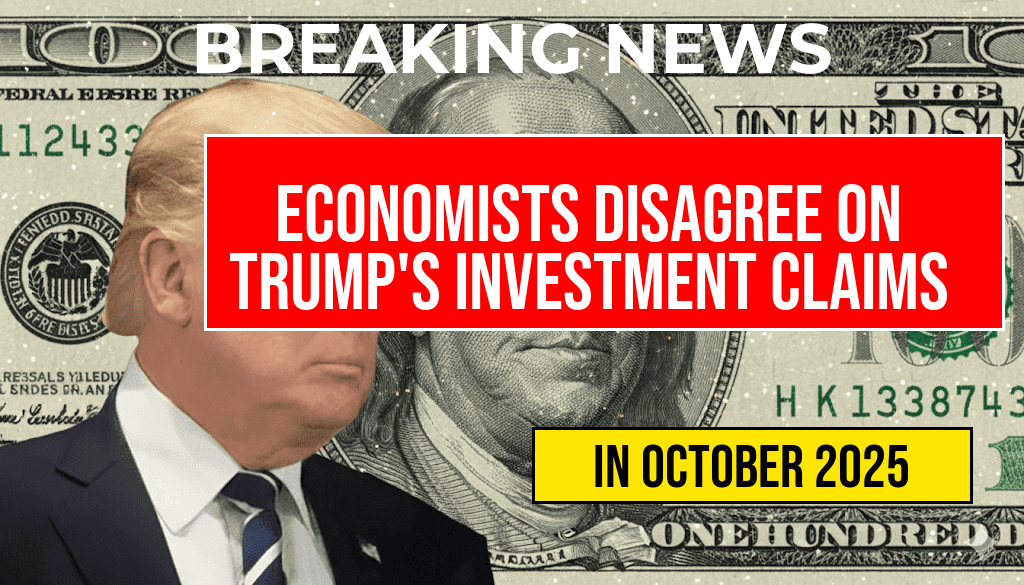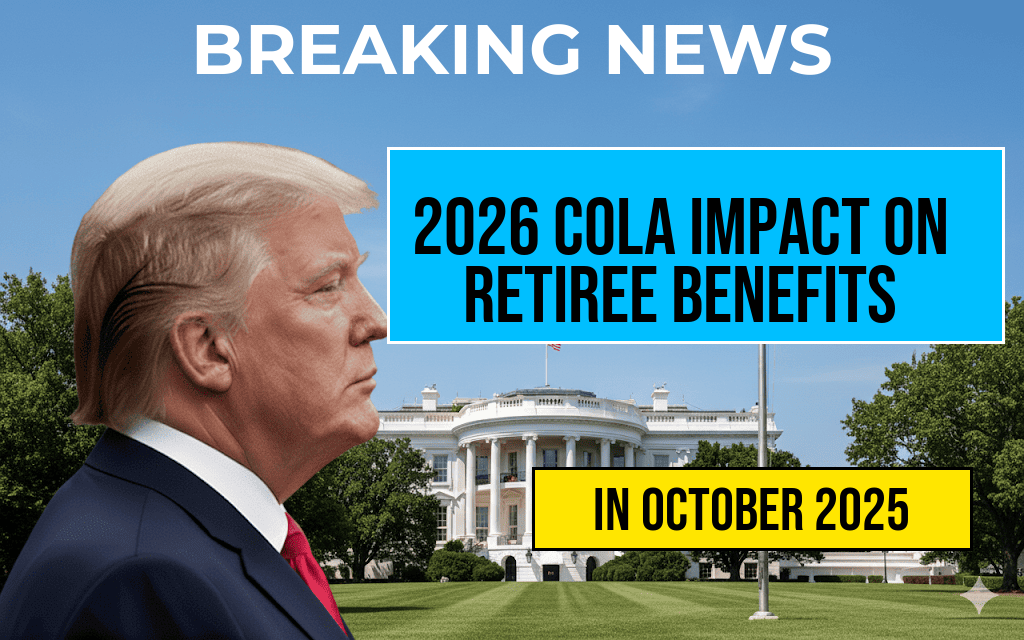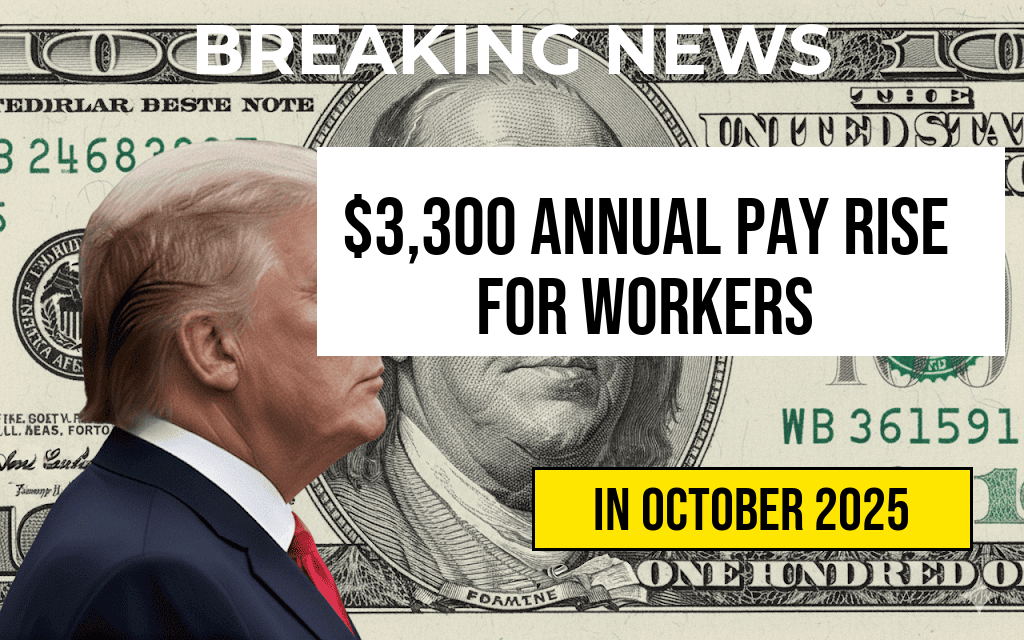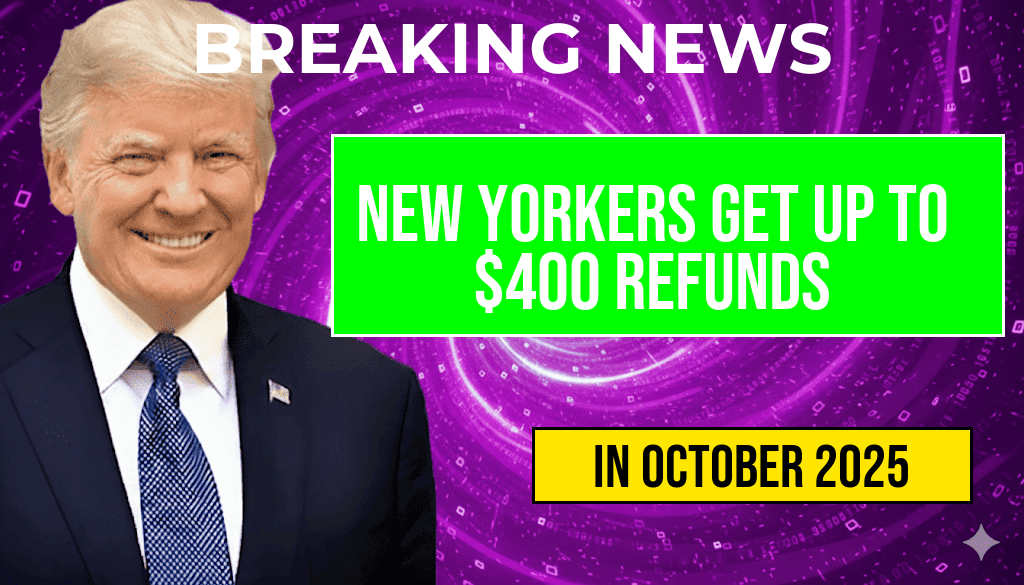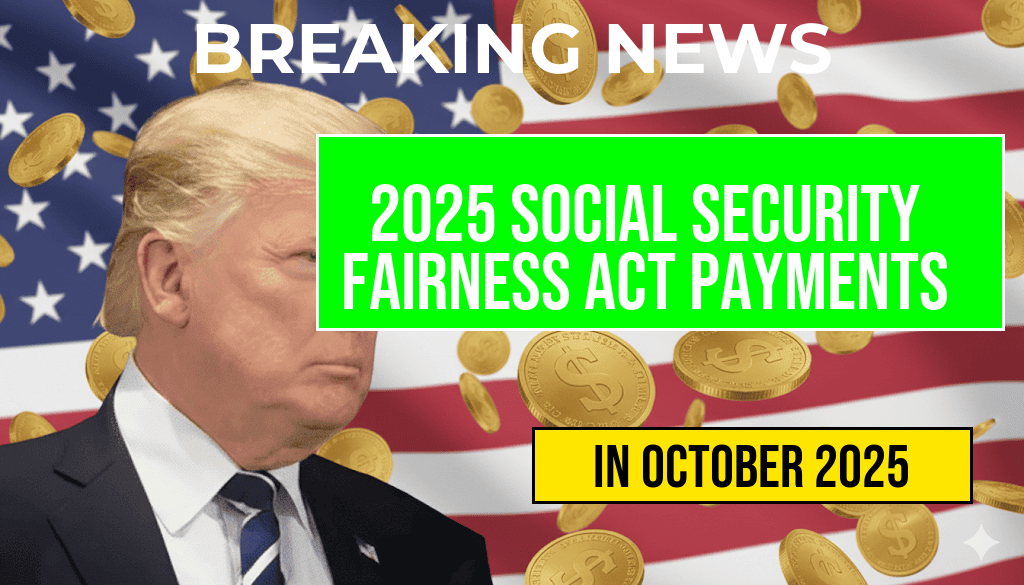In recent weeks, a heated debate has erupted among economists regarding former President Donald Trump’s assertion that his administration generated a staggering $17 trillion in global investments. This claim, which Trump made during a speech at a recent rally, has sparked intense scrutiny and differing opinions among financial experts and analysts. While some support Trump’s assertion, attributing it to the tax cuts and deregulation measures implemented during his presidency, others have challenged the validity of the figure, arguing that it is exaggerated and misleading. This article delves into the conflicting perspectives on Trump’s claim, examining the implications of these investments on the U.S. economy and the broader global market.
Understanding the $17 Trillion Claim
Trump’s assertion suggests that his policies led to unprecedented levels of foreign direct investment (FDI) and domestic capital inflows. Proponents of the claim point to several factors:
- Tax Cuts and Jobs Act: The 2017 legislation lowered corporate tax rates, incentivizing companies to reinvest profits.
- Deregulation: The Trump administration rolled back numerous regulations, which supporters argue fostered a more favorable business climate.
- Trade Agreements: Supporters cite renegotiated trade deals, such as the USMCA, as a catalyst for increased investment.
Support for Trump’s Claims
Some economists and business leaders endorse Trump’s figure, asserting that the combination of lower taxes and deregulation indeed spurred significant investment. According to a study by the Forbes magazine, the tax cuts resulted in a temporary surge in capital expenditures from corporations, which they argue could contribute to a long-term increase in investment values. Furthermore, supporters argue that the investments are not just limited to the U.S., but also extend globally, impacting various economies.
Criticism of the Figure
On the other hand, many economists express skepticism about the $17 trillion figure. Critics argue that the claim lacks rigorous substantiation and is based on speculative projections rather than concrete data. A report from the NBC News highlights that while there was an increase in investment during Trump’s presidency, attributing a specific number to his policies is problematic. Critics note that global investment trends are influenced by a myriad of factors, including international economic conditions and policy decisions made by other nations.
Implications for the U.S. Economy
The debate surrounding Trump’s claim raises important questions about the impact of government policy on the economy. Some key implications include:
- Inflation and Interest Rates: Increased investment could lead to higher inflation if demand outstrips supply, influencing Federal Reserve policies.
- Job Creation: Investments generally lead to job growth, but the quality and sustainability of these jobs are crucial for long-term economic health.
- Global Competitiveness: The U.S. must maintain a competitive edge to attract and retain investment in an increasingly globalized economy.
The Broader Economic Context
As the U.S. economy continues to recover from the impacts of the COVID-19 pandemic, the focus on foreign and domestic investment remains critical. Understanding the nuances of investment claims is essential for policymakers and business leaders. While economic indicators suggest a recovery, the path forward is complicated by factors such as inflation, labor shortages, and geopolitical tensions.
A Look Ahead
The discussion over Trump’s $17 trillion investment claim is likely to persist, as both sides present data and arguments to support their positions. As economists sift through the numbers, the broader implications for economic policy and investment strategies will remain at the forefront of public discourse. The outcome of this debate may influence future policies, shaping the economic landscape for years to come.
Frequently Asked Questions
What are the main points of contention among economists regarding Trump’s $17 trillion global investment claims?
Economists are divided over the validity of Trump’s $17 trillion investment claims, with some arguing that the figures are inflated and others asserting that they represent a significant economic impact. This discrepancy stems from differing methodologies used to assess investment and growth projections.
How does Trump’s investment claim compare to previous administrations?
Trump’s claims of $17 trillion in global investments are unprecedented compared to previous administrations, which often cited lower figures. Critics argue that such claims can lead to misleading narratives about economic success and growth.
What evidence do proponents of Trump’s claims provide?
Supporters point to increased business investments and foreign direct investments as evidence supporting Trump’s claims. They argue that regulatory changes and tax reforms have incentivized growth in various sectors, contributing to the overall investment totals.
What are the potential implications of these investment claims on global markets?
The debate over Trump’s investment claims could affect global markets by influencing investor confidence and international relations. If the claims are perceived as exaggerated, it may result in market volatility and skepticism about U.S. economic policies.
How might these claims impact public perception of the economy?
Trump’s $17 trillion investment claims could shape public perception of the economy by fostering optimism or skepticism. If the claims are believed to be accurate, they may boost consumer and investor confidence; however, if proven false, they could lead to disillusionment with economic policies.

